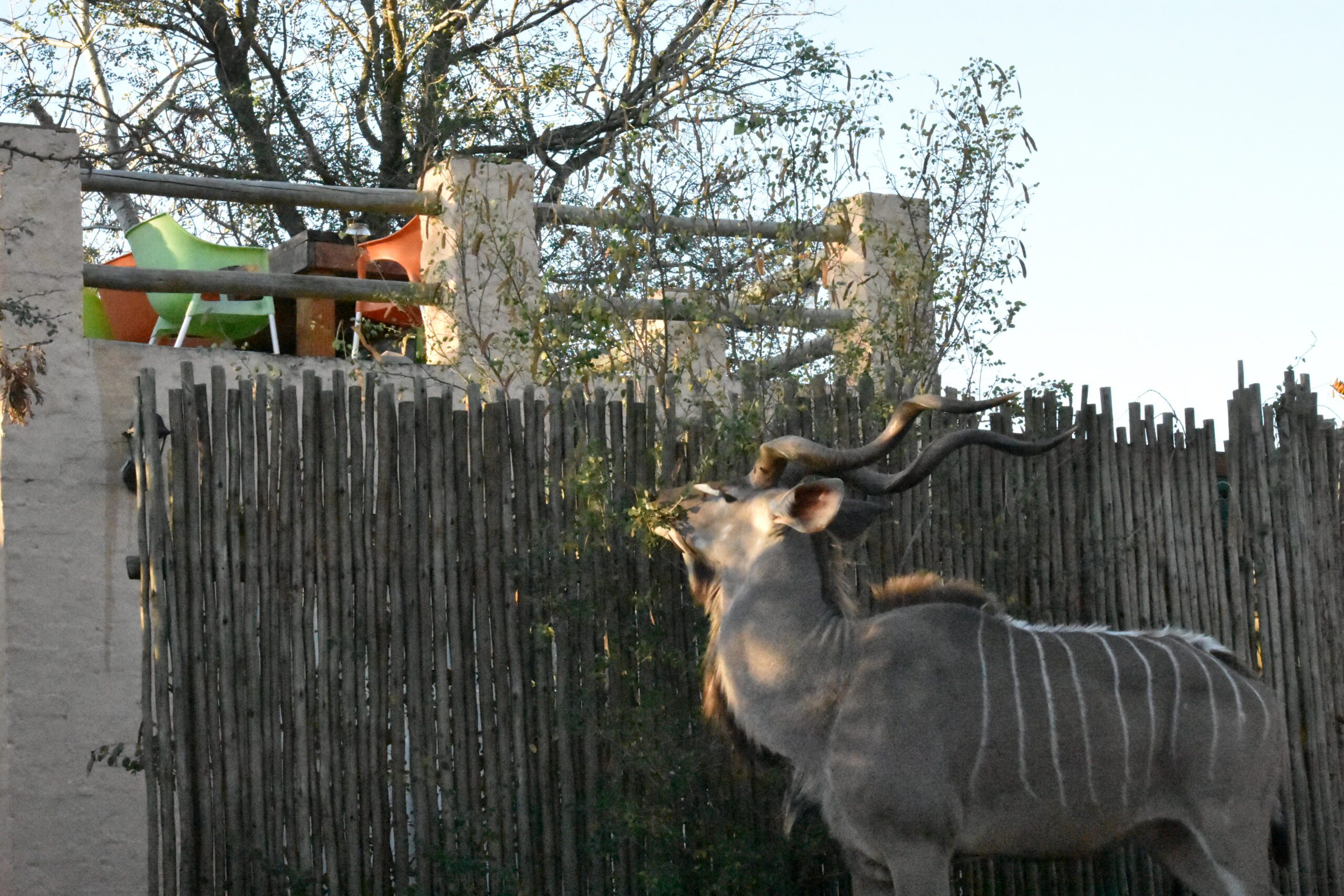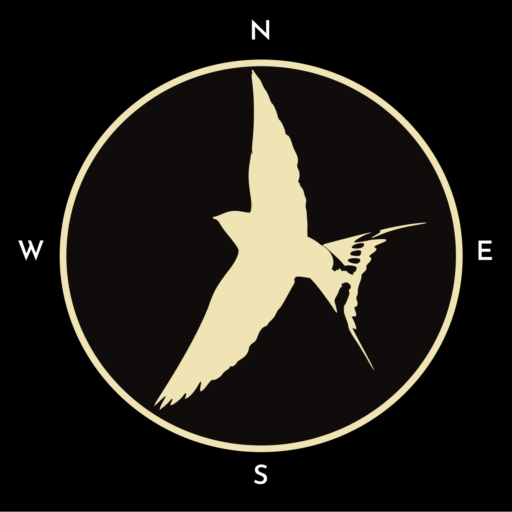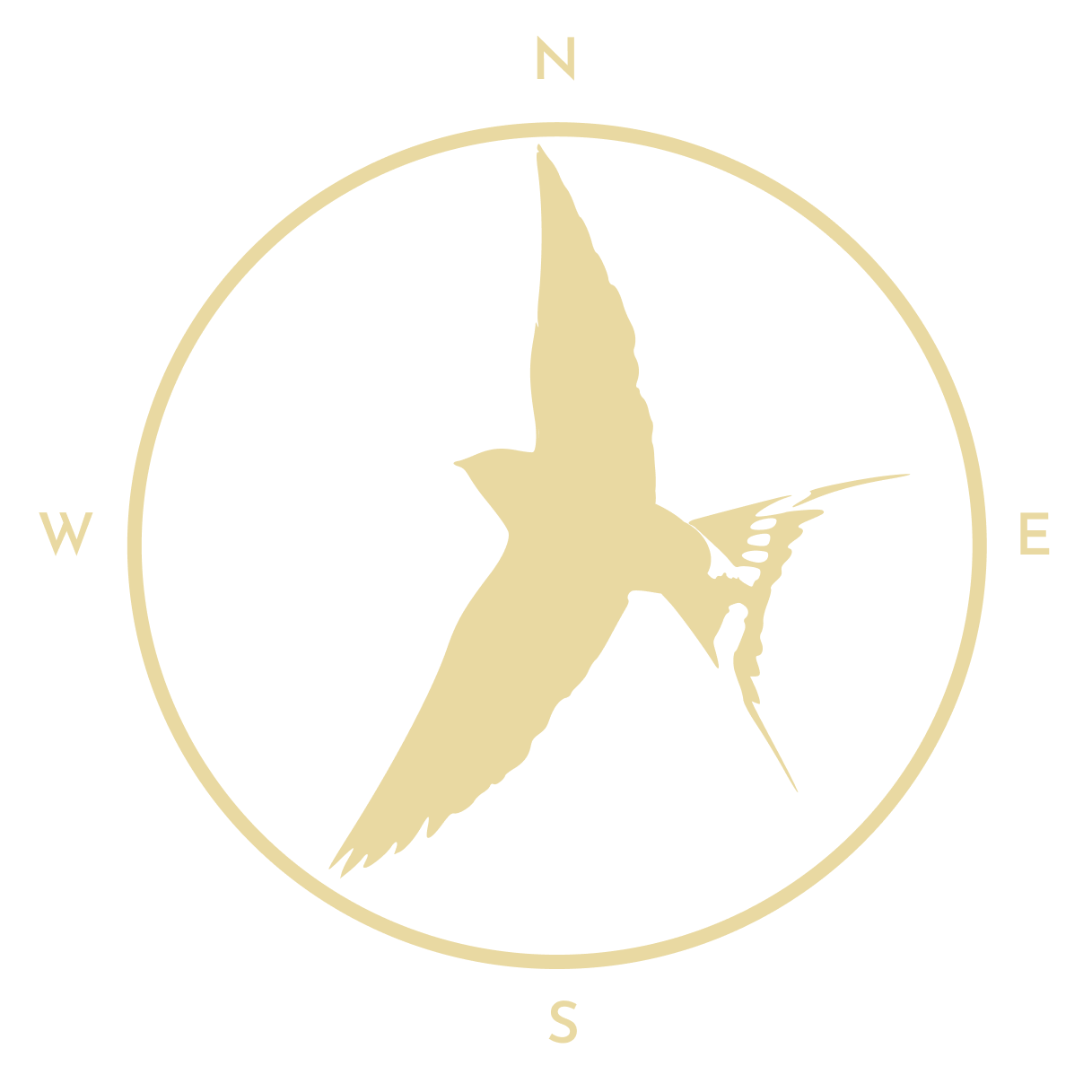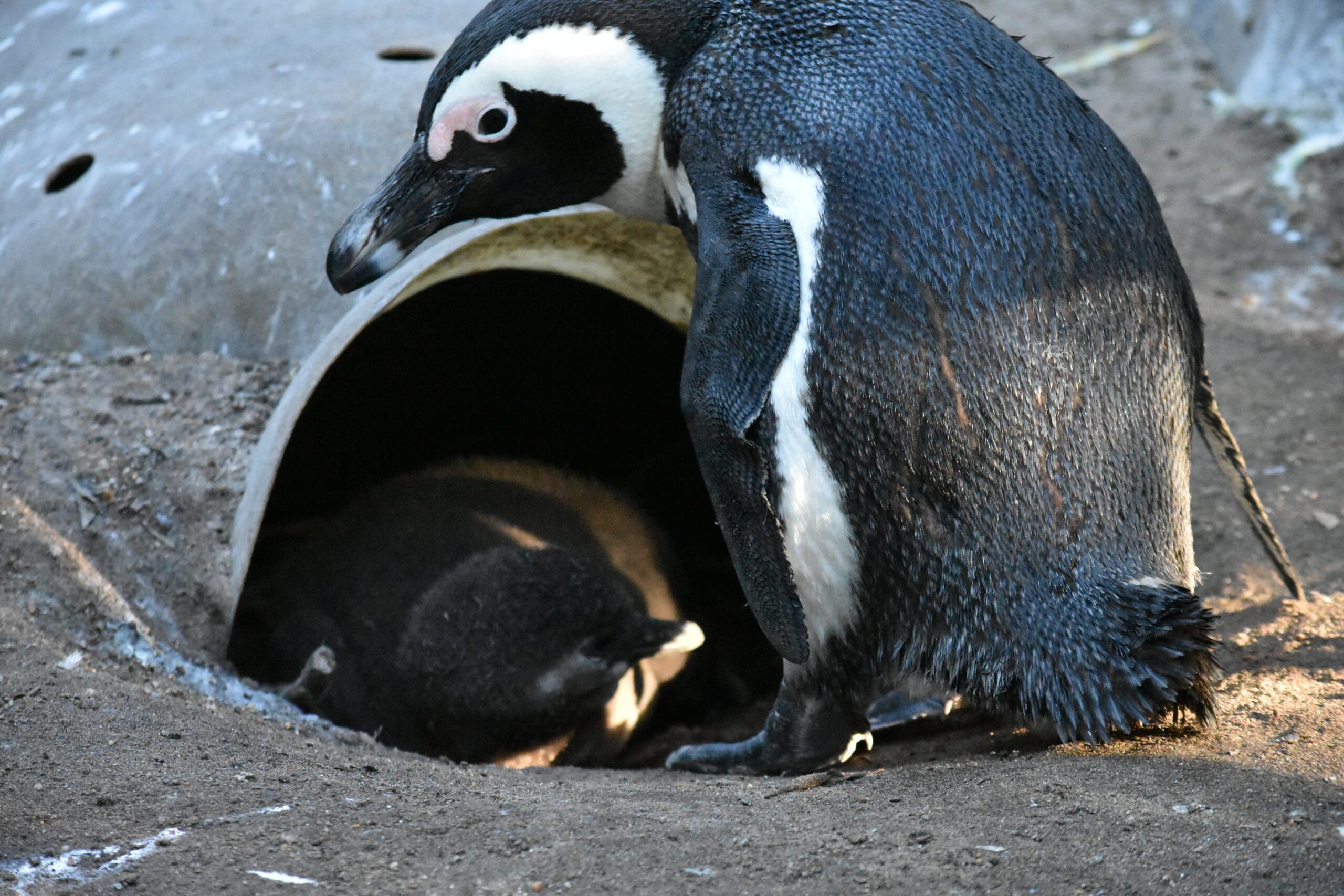Africa’s best value safari and how to do it
Kruger National Park.
Bit of a tall order, calling anything “best value anything” these days. Every clever cookie with a mouth is going to say “oh, but this place has [insert truly priceless experience]”. Sorry to miff you lot, but we’re going to have to get a bit technical when it comes to getting bang for bucks.
South Africa has quite a few distinct advantages on that front. Kenya and Tanzania might like to argue, but their daily entrance fees of above $50 for any national park worth your while lays rest to that. So might the neighbours, Botswana and Namibia, but the fact that Kruger is near (by African standards) to OR Tambo airport, meaning one does not need to spend days travelling or take an overpriced flight before setting off into the savannah, degrades that argument. On top of that, South Africa has every major animal everybody wants to see on safari, plus a pretty amazing collection of non-animal attractions.
So what are the budget options?


If you want to visit Kruger as a backpacker, you have a few options. Having your own wheels will make things easier and Kruger is one of the few parks where roads are tarmacked. There’s a network of campsites and accommodation strewn across the park, and even more outside, so it’s an easy enough option.
Beyond that, taking a camping tour is the most expensive of the lot but will get you deep into the park, while staying in a town such as Phalaborwa or Nelspruit and taking safaris in each day will work out much cheaper. Some people understandably have reservations about this, with the safari experience degraded somewhat at the end of each day by the sight of traffic and Spars.
Marloth Park, on Kruger’s boundary, is the perfect happy medium. Finding out about Marloth Park actually arose from a quick web search on how much a game reserve would cost – this place is still somewhat in the making, with villas and patches of land being sold, and what sets it apart from other housing estates is the selection of wildlife that wanders around the streets.
Houses, inconspicuous bungalows with terraces, are widely spaced apart, leaving plenty of room for trees and shrubs to grow and provide cover for the animals. Coupled with the fact that side streets are unpaved, it really can feel like the wild. The neighbourhood is spread along a bend of Crocodile River with Kruger on the other side, and two entry gates at either end of a double-lane road snaking its way through. There are two shopping “malls”, each located a short distance away from the other. One has a bar, a large supermarket, ATMs and even a water park, while the other is much smaller, the only differentiation being its petrol station.
The bar serves branded draught beers and typical pub grub, but don’t expect an edible work of art. There are two other restaurants, one overlooking the river, and at the petrol station there’s a really nice bakery serving brownies and impala pies – to be honest, it’s hard to feel guilty about eating them once you see how common they are. All shops close after three on Sunday except the bar.


Where should I stay?
Usually, I put this towards the end, but the hostel I stayed at is such a focal point it’s worth cutting straight to here. Kruger Inn Backpackers, despite an illustrious position as the only budget accommodation in MP, definitely doesn’t rest on its laurels. There is only one dorm but they’re apparently planning to convert one of the private rooms into a second one on account of how often it is full. On that note, definitely book in advance. Two verandas, one on a rooftop, and a braai area ensure plenty of “where I’ve been” banter and recaps of the day’s safari. The kitchen is probably the best-equipped hostel kitchen I’ve had the pleasure of cooking in, with tea, coffee and spices on offer, a huge fridge and an intact gas stove – possibly because it hasn’t suffered years of abuse by the culinarily challenged.
Aside from this honourably non-exploited monopoly, the other focal point aspect of Kruger Inn is that they excel at organising activities. Contacts in a local safari company mean that you’ll be spending the next day in a jeep or dawn wandering through the bush after a quick phone call. If you fancy a private hire or a multi-day trip, the owners Alison and Cor, highly capable guides, can do so with two land rovers, one of which is a delightful level of battered. Or at least, it appeared so right before it conked out. Hopefully, the repairs haven’t taken away the vintage feel!
What can I do besides game drives into Kruger?
In MP itself, there is a water park and bar with pool tables. There is also a viewpoint on the western end of town overlooking the river basin where a variety of animals come to drink – though I only got waterbucks when I visited. As if MP wanted a side dish of nature with their nature, they also have their own game reserve, Lionspruit, with a small number of big game including rhinos and some good birding.
You can go for bush walks at dawn when it’s cooler, where you’ll stroll through lion and elephant territory – following a ranger with a rifle. Be warned that animals are far less alright with humans on foot than in vehicles, and with their sense of smell combined with the thick bush, they’ll be offski before you reach them. These walks are more about showing you the signs they leave behind and plants, particularly medicinal ones, as well as the feeling of exposure.
Night safaris are essential for certain types of animals, and those seen during the day such as lions and hippos are more active at this time. They are done through the park authorities with guides who may or may not be in a good mood and 4×4 open-air buses that quash any intimacy, but they are unfortunately your only option. Spotlighting around MP itself is not allowed due to it being a residential area, nor in Lionspruit due to “petty politics” – a real shame, since this would really sharpen their competitive edge. Perhaps one day, money will talk loud enough. Getting one organised while staying at the camps where they start and finish is no problem, while doing so when at the inn is a bit more complex but doable. You can either book in person when you drop in to Crocodile Bridge on your safari’s toilet stop or on SANparks’ website, which will require creating an account. You’ll need to book an “external” late-night drive, which comes with a surcharge for keeping the gates open for outsiders. Alice can taxi you there and back, though you might like to split the cost with other travellers.
How do I get there?
As usual in SA, driving is not a problem, but try to arrive before dark. There is also a shuttle that goes from OR Tambo, passing through Nelspruit and straight to the inn’s door. It leaves every day except Tuesday and Thursday at midday, from in front of a pizza restaurant between arrivals terminal A and B. The shuttle back departs from the inn at 5AM. Along the way keep your eyes out for South African antelopes like eland and bontebok in the fields. You’ll have one toilet stop in Hazyview and another at a large petrol station where you can get pastries and drinks – the coffee from Figaro is really good.
What wildlife can I see here?












































Short answer: a lot. A wander around MP will be no substitute for a safari into Kruger itself but might still provide a few interesting things; giraffes, zebras and a few herds of the park’s thousands of impala are likely to pop up beside the road, while more skittish bushbuck and duiker hop about through the bushes – quite masterful when you see how thick the branches are. The hostel’s car park is often visited by these denizens as well as genets and bushbabies at night. Birding is also really good here, on account of the fact that you can stop and identify them rather than see them as a blur from a vehicle. Specialities include a variety of sunbirds and the Cape vulture, a rare relative of the more common white-backs.
The first thing you see when you enter Kruger will almost certainly be impala, and you’ll very quickly grow tired of looking at them. Wildebeest will probably be next, with the open habitat near Crocodile Bridge providing excellent habitat. The only places you’re bound to see a bunch of things are at waterholes or rivers, where crocodiles and hippos peep above the surface and a variety of birds line the banks and trees, from storks, herons and spoonbills in the shallows to kingfishers and jacanas in the reeds. Waterbucks and warthogs are likely to be there cooling off. Driving on, it’s often a question of right place, right time regarding what will appear. I haven’t a qualm saying giraffes are guaranteed, while zebras, buffalo, baboons and elephants are highly likely too.
For more difficult things, the search is happily not entirely luck-based; guides communicate on a Whatsapp group, sharing sightings and giving them a rating of 1 to 5. Kruger’s popularity has its uses, such as the sightings boards in major camps showing animals’ locations, and the conspicuous clusters of cars that form near anything interesting.
Rhinos are best searched for in the same habitat as cheetah, areas of low-lying shrub where they can browse the greenery. Guides, well aware of their guests’ desire to tick one off, know the best spots, but that’s a closely guarded secret and you might notice an absence of sightings markers; the war on rhino poaching has gotten so intense that any information which could be at all useful to poachers is being stamped out. This is also why the night drives are only controlled by the park. On that note, do your part and never reveal the specific location of a rhino sighting.
Lions are probably the easiest ones to find using this method, given their helpful habit of sleeping by the river in plain view (you bet your bollocks I intended that pun). They blend in more than one would think at a distance, and though logic dictates they should be in the shade they don’t always follow this. Scan around for them with binoculars, and ask another vehicle if you’re completely stumped.
Every other cat is going to be tricky, for their own reasons, with most sightings occurring between Lower Sabie and Crocodile Bridge. Leopards are exceptionally good at hiding; it’s said that you will pass twenty on a game drive and not have a clue they’re there. Most encounters are of them slouched along branches, when they’re most well hidden, though a dead impala beside one can betray its presence. Cheetah put much less effort into hiding and prefer open areas, sometimes even seeking out roads to patrol or lie on, but they’re much rarer due to the high populations of lions, their mortal enemies. Small cats such as wildcat, serval and caracal, are only realistically possible at night, along with other nocturnal animals (civets, genets, bushbabies, honey badger, etc), and the way night drives are set up doesn’t exactly make them conducive to ticking these off. For a start, they’re short, only about two hours long, and roughly half of that will be spent looking at animals you’ll have seen during the day, which will entertain half the truck no doubt so you’ll struggle to get the driver to only focus on more unique animals.
Now we’re getting onto the really difficult stuff; African wild dogs, the rarest of the Magnificent Seven (them + big 5 + cheetah) are exceptionally rare in Kruger, and if they’re your target you’d be better off going to the Okavango Delta in Botswana. Their saving grace is that their rarity means instant flagging on the sightings boards and chats, and they don’t move too much during the denning season (the South African winter), meaning there’s a not-awful chance they’ll still be around by the time you reach the spot. Sable and roan are best attempted in the northern part of the park, unlike everything else, but otherwise require extreme luck. Aardvark and pangolin are nigh on impossible due to being shy, nocturnal and rare, and informing Alice about a sighting may result in an envy-induced veld-marooning.
Anything I should know?
-Johannesburg, your starting point, will certainly be the subject of much lip while here. It does have its highlights; trendy hipster neighbourhoods, the Cradle of Humankind, township tours and the Apartheid Museum, though ultimately I am quite glad I left little reason to return. The dirt, crowds and dangerous reputation make highlights genuinely feel like islands in a sea of dodginess – that’s more accurate than just a metaphor.
-Things turn sour in Joburg astonishingly quickly. Walk across the road from Constitution Hill and you’re in Yeoville, a neighbourhood many South Africans loathe. Right beside South Africa’s wealthiest neighbourhood, Sandton, is its most dangerous township – incidentally, that was where I went for my tour. One traveller I met at MP had been staying at Curiocity Backpackers, located on a safe, well-guarded, cleaned up street that I happened to have dinner at. She got mugged two blocks away in broad daylight, waylaid at a site where skelms are as endemic as they’ve always been. Knowing where not to go down to the specific details goes a long way, and don’t be afraid to patch something if it looks unkosher. Uber is a very safe way of getting around, though doing so at night will make you understand why this city has such a high crime rate.
-Anyway, enough about Joburg. In MP, make even more of a point of being back at the Inn after dark since there is a curfew, and the rangers apparently do not take kindly to violations. More importantly, lions and hyenas do sometimes find a way past the perimeter fence, making a bollocking and a fine the least of your worries.
-Then again, don’t be worried about one entering the inn’s garden at night, there is absolutely no chance of it since animals have evolved to associate human properties with a lead reckoning that will shudder them. Though that did not stop me from making a dorm mate excrete bricks when I bumped into him at midnight.
-Generally, you can stand up when the vehicle is stationary or lean out a little bit to get a photo, but all rules and normalities on safari can be overruled by the guide’s word.
-Wear plenty of sunscreen. I left one square centimetre bare because I forgot to remove my watch and was branded with a painful scarlet wristband.
How much do things cost?
A bed in the dorm: R180/ £11
Ten-hour safari (entrance and breakfast included): R900/ £55
Night safari: R328/ £19
A hearty dinner’s worth of groceries: R100/ £5.70
Bruger, chips and coke at the local pub: R90/ £5.20
Vegetarian sausage roll at Lower Sabie: R23/ £1.32
Latte at Lower Sabie’s restaurant overlooking the river: R31/ £1.77




